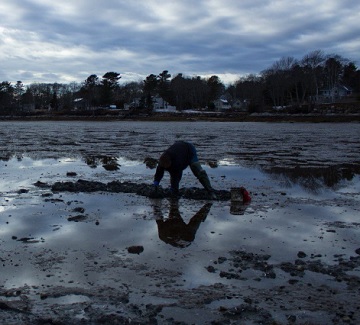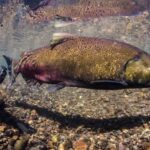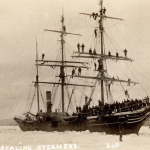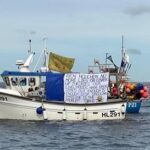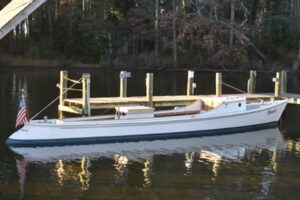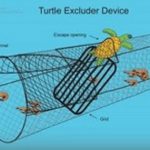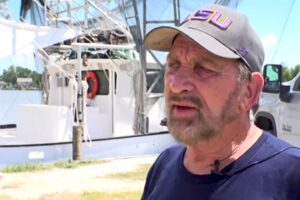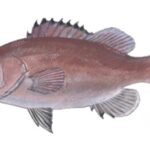Daily Archives: February 19, 2023

The New Multi-Role Leinebris
Longliner Leinebris was built to a Skipsteknisk design at the Tersan yard – and the Fosnavåg company is sticking with the same combination of yard and designer for its new vessel, scheduled to be delivered in 2025. What is different is that the new Leinebris isn’t a dedicated longliner like its predecessor but will be outfitted to be able to switch between longlining, gillnetting and seine netting. This new vessel design gets an ST-158 designation, and it’ll be a vessel with a 64.90 metre overall length and a 15 metre beam, with double cargo decks, covered working decks and a moonpool for hauling static gear. The crew’s accommodation facilties will be of a very high standard. Photos, video, >click to read< 17:10
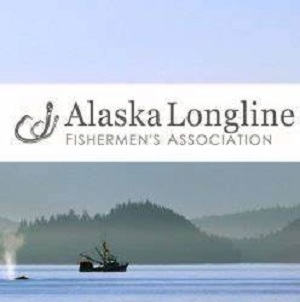
Fishing group accepting applicants for crew training program
The Alaska Longline Fishermen’s Association (ALFA), a Sitka-based fishing group, and partner organization Alaska Sustainable Fisheries Trust (ASFT) are seeking applicants for its crew training program. The program aims to provide young people an opportunity to gain experience in, as well as an understanding of, commercial fishing and its role in coastal communities, according to a release from the ALFA. Since 2015, more than 100 apprentices have been trained and placed on local fishing vessels in Southeast Alaska, and in late 2017 ALFA was awarded funds to get more boots on deck statewide. >click to read< 11:39
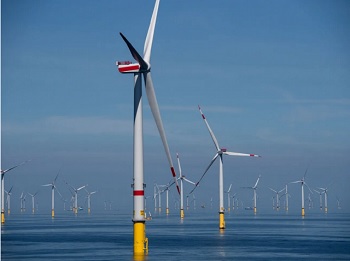
Whale deaths exploited in ‘cynical disinformation’ push against wind power, advocates say
Efforts to stop wind turbines off the Atlantic coast have a new mascot: the whale. A dozen New Jersey beach town mayors and several other groups now argue offshore wind power activity could be the cause of recent whale deaths and wind projects must be stopped while scientists investigate. But those most vocal about their concern have been silent in recent years as whale strandings surged along the East Coast. Wind energy supporters and whale advocates say these groups and politicians appear to be using whales as pawns. >click to read< 10:17
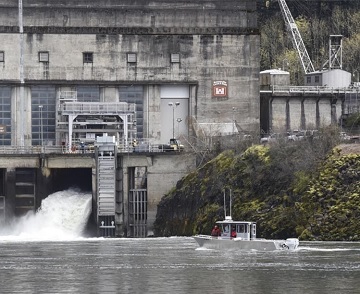
Sea lions threaten Northwest’s salmon – Pinnipeds eating thousands of at-risk fish in Columbia River
Decadeslong efforts by state and tribal agencies have slowly curbed sea lion populations in the region, yet officials still consider the pinnipeds a threat to at-risk salmon populations in the Columbia River. Between August 2021 and May 2022, officials estimate, more than 7,000 fish in the Bonneville Dam tailrace were killed by Columbia River sea lions, according to the Portland U.S. Army Corps of Engineers’ 2022 predation report. This totals about 12.4% of the salmon run accounted for during the agency’s observation period. Dozens of sea lions congregate at the dam in the fall, winter and spring. They feast on chinook, steelhead and coho salmon, as well as sturgeon and other fish. Spring chinook salmon were disproportionately affected, accounting for roughly 4,400 of the 7,000 fish killed. >click to read< 07:55






